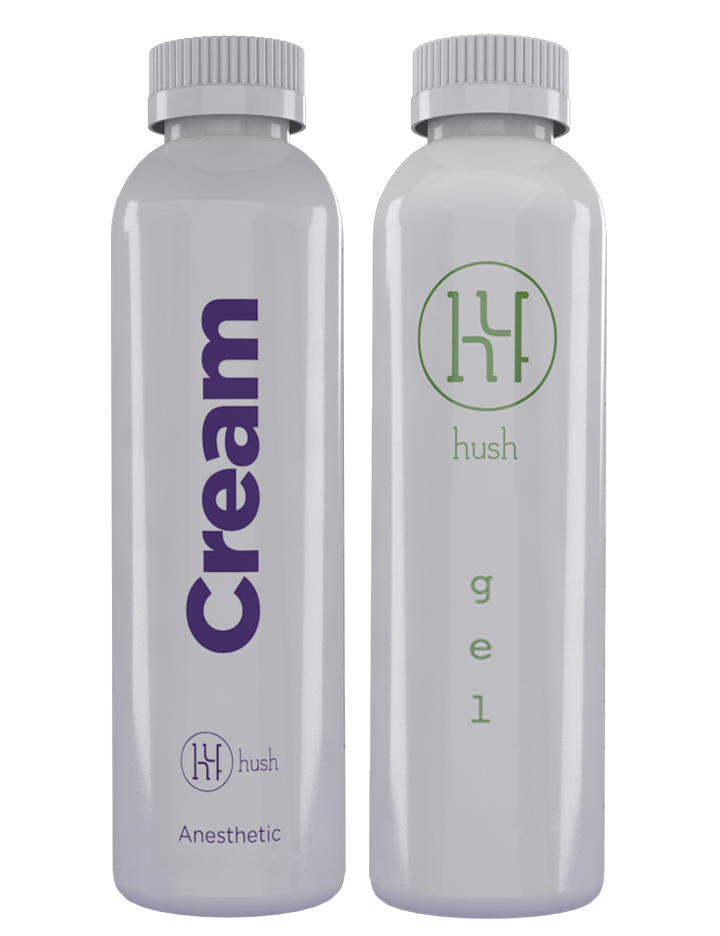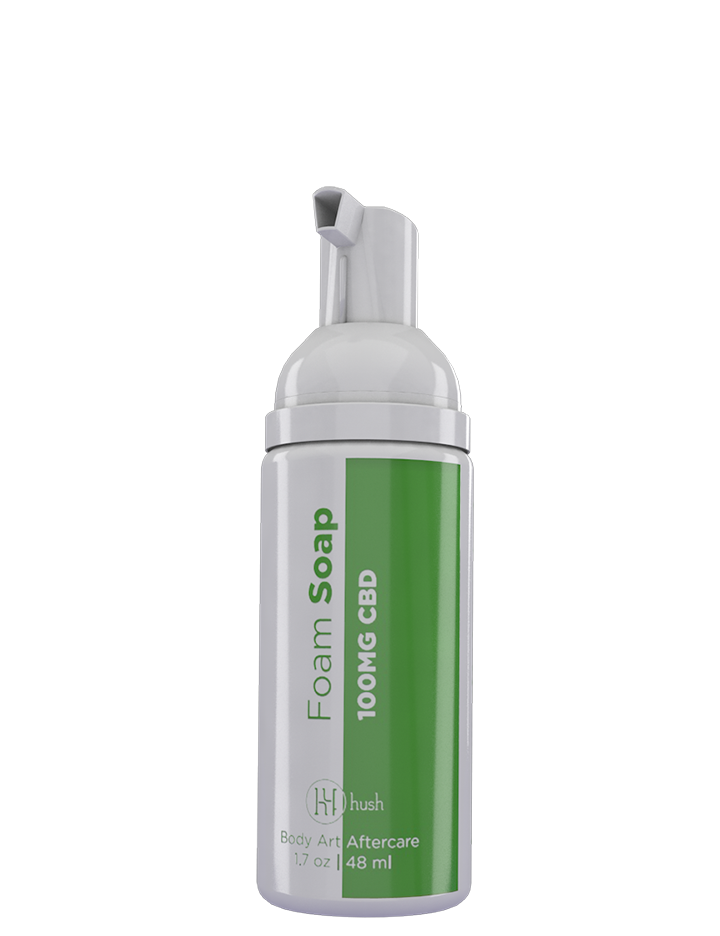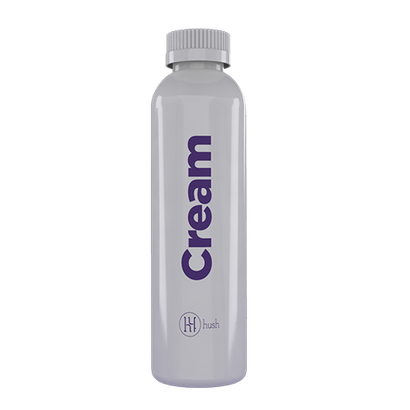
$14.99
Key Takeaways:
- Prep Your Body: Stay hydrated, eat a balanced meal, get good sleep, and avoid alcohol to help your body handle the stress of tattooing.
- Numb the Pain: Using a numbing cream can make the session more comfortable, especially for sensitive areas or longer tattoos.
- Plan Ahead: Know your design, dress comfortably, bring supplies, and respect your artist’s time and space for a smooth experience.
Getting a tattoo is an exciting and meaningful decision, but let’s be honest. It’s also a little nerve-wracking. Whether it’s your first time or your 10th, preparing properly can make the entire experience smoother, more comfortable, and more rewarding.
From managing pain to choosing what to eat beforehand, your pre-tattoo routine can affect everything from how well you sit through the session to how your skin heals afterward. Here are three essential things to do before you get inked.
1. Hydrate, Fuel Up, and Sleep Well
It might sound simple, but your body needs to be in top form before getting a tattoo. Why? Because getting tattooed is a physical experience. Your skin is undergoing controlled trauma, and your body will be working hard to stay calm, heal quickly, and process the stress.
Drink plenty of water the day before and the day of your appointment. Hydrated skin is more resilient and easier to work with. Eat a solid, balanced meal a couple of hours before your session. Something with protein, healthy fats, and complex carbs will help keep your blood sugar steady and give you lasting energy.
Avoid alcohol for at least 24 hours before your appointment. Alcohol can thin your blood and cause dehydration, which can increase bleeding and interfere with how the ink sets.
Get a good night’s sleep. Tattooing while sleep deprived is like running a race without stretching. Lack of sleep can cause feelings of stress and anxiety, and you definitely don't want to feel that way during a tattoo session.
2. Consider Using a Numbing Cream

Tattoo pain is real, but that doesn’t mean you have to tough it out like a martyr if you don’t want to. Numbing creams are a completely valid part of tattoo prep, especially for longer sessions or the most painful tattoo spots (like ribs, the sternum, or the tops of your feet).
HUSH tattoo numbing cream is designed to significantly chill out the pain factor of your tattoo. Apply the cream up to 90 minutes before your appointment, then wrap the area in plastic wrap to keep the cream in place.
Keep in mind that numbing creams usually work best during the first hour or two of tattooing, so they’re perfect for shorter pieces or to take the edge off early in a longer session.
3. Mentally and Logistically Prepare
Being mentally and practically prepared helps you stay relaxed and present, which your artist will appreciate. Wear loose, comfortable clothing that allows easy access to the tattoo area. Bring water, snacks, and headphones (especially for longer sessions). Charge your phone and load up a playlist, audiobook, or something distracting.
Know your design and placement ahead of time. Don’t use the tattoo appointment to figure it out. It should be a time for confident execution, not indecision.
Your artist likely already has your piece designed and ready by the time you arrive. Last-minute changes can stall the process and take up a lot of your artist's time. It might also make them late for their next appointment.
Avoid bringing a crowd. Unless your artist says otherwise, limit guests. Tattooing requires concentration and space. Most importantly, show up calm, clean, and open to the experience. Respect the studio, listen to your artist, and trust the process.
FAQs
Is there anything you shouldn't do before getting a tattoo?
Refrain from alcohol, aspirin, and other blood-thinning medications for at least 24 hours before your appointment. This can minimize bleeding during the tattooing process.
Do tattoo artists expect tips?
Tipping your tattoo artist is an expression of respect and gratitude for their skill and dedication. While the recommended tipping range is 15-20%, factors like design complexity, location, and personal satisfaction can influence the tip amount.
What's the least painful spot to get a tattoo?
While there isn’t a single spot that is the least painful (everyone is different), many agree that the forearm is one of the least sensitive places to get tattooed. There is fat, thick skin, and few nerve endings, giving it a low score on the tattoo pain chart.
The Bottom Line on Tattoo Prep
Your tattoo is a process. Preparing your body, managing your comfort with tools like numbing cream, and showing up with intention will help you get the best results possible.
A well-prepared tattoo session is more enjoyable, less stressful, and sets you up for smoother healing. Speaking of healing, the HUSH tattoo aftercare kit contains everything you need to support the healing process after you get your new tattoo.
Stock up so you're ready to keep the seamless, stress-free process rolling long after you've left the artist's chair.
Sources:
Water: How much should you drink every day? | Mayo Clinic
Carbohydrates | American Heart Association





